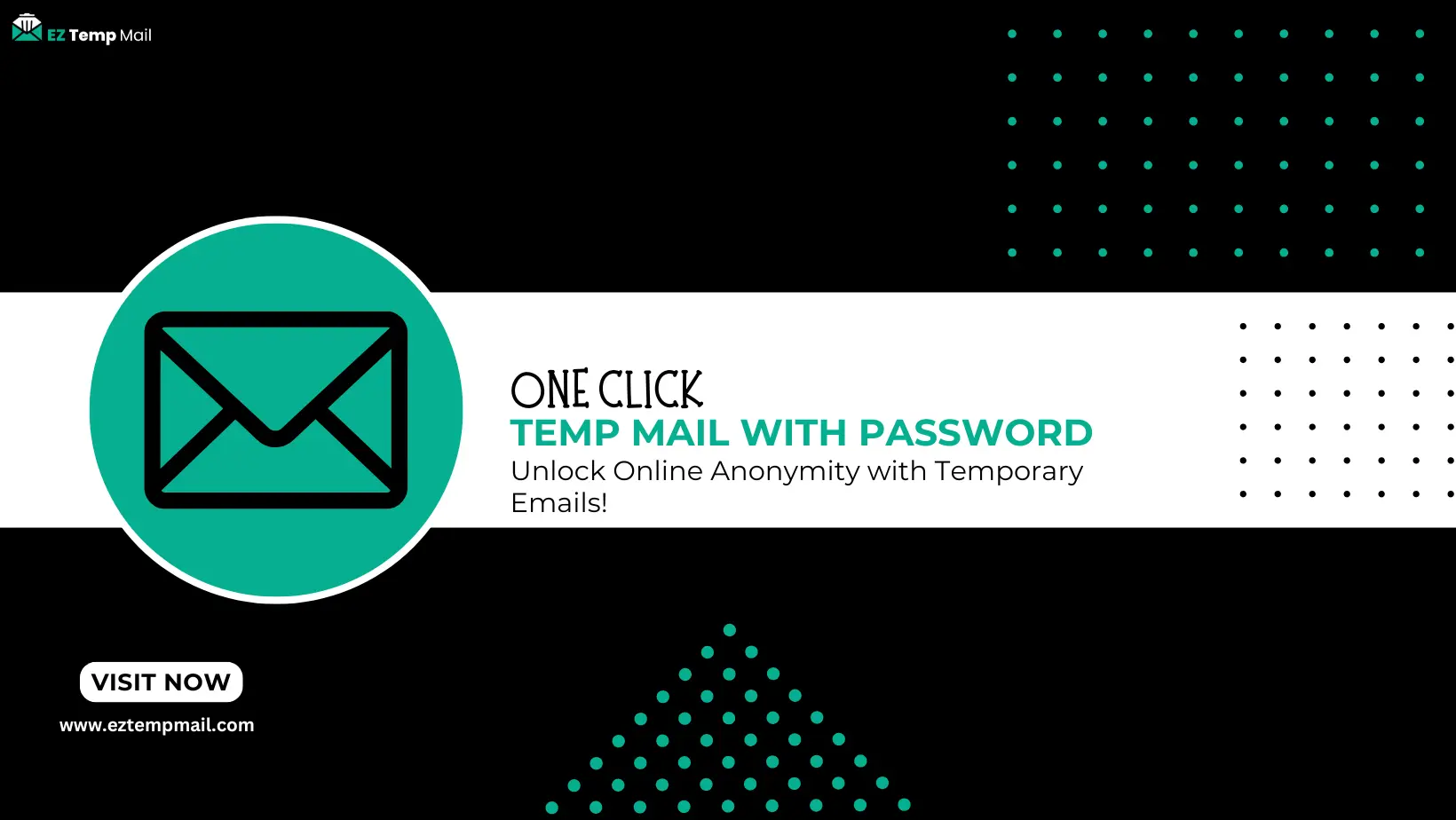

Email Writing Best Practices for Business Communication
Today, email communication plays a vital role in modern business operations. Comprehending compelling and professional emails is essential for building and maintaining strong business connections. This article will delve into the best practices for composing business emails. Explore our tips and strategies to create clear, concise, and impactful emails.

1. Introduction
Enhance your business communication by mastering the art of effective email writing. This blog will provide valuable insights and best practices to improve email communication skills.
2. Understand Your Audience
Crafting an engaging email begins with truly understanding your audience. Consider your audience role, preferences, and familiarity with the subject matter. You can ensure it resonates with them by tailoring your message to their needs and expectations.
3. Craft a Clear and Informative Subject Line
Craft clear subject lines to ensure attention to maximize the chances of your email being read. Creating subject lines that provide an accurate preview of the content is crucial. Avoid using vague or misleading subject lines that can lead to your email being overlooked.
4. Initiate with a Courteous Greeting
Start your email with a polite salutation, addressing the recipient by their name. This creates a friendly and professional tone for your message.
5. Embrace Conciseness
In business emails, being concise is crucial. Cut to the chase without unnecessary details or long introductions.
6. Optimal Formatting
Improve the copy for the content: "Enhance the readability of your email by structuring it with well-defined paragraphs, bullet points, and headings. Incorporate bold and italics strategically to emphasize important information."
7. Proofread and refine
Before sending your email, carefully review it to eliminate spelling or grammatical mistakes. A well-crafted email reflects professionalism and attention to detail.
8. Shun Jargon and Acronyms
Ensure clear communication by avoiding industry jargon and acronyms that only some know. Use plain language to ensure your message is unambiguous and easily understood by all.
9. Mind Your Tone
Please maintain a tone that is respectful and professional throughout your email. Find a balance between being overly formal and excessively casual.
10. Incorporate a Clear Call to Action
Ensure that your expectations are communicated to the recipient. Be specific about whether you need a response, action, or information. Clarity is of utmost importance.
11. Attachments and Links
Ensure that any attachments or links you include are relevant and functional. It is important to mention them within the body of the email.
12. Follow-Up Etiquette
When waiting for a response that exceeds a reasonable timeframe, sending a polite follow-up email is acceptable. However, it is important to remain patient and avoid adding undue pressure.
13. Utilize a Professional Signature
Conclude your email with a professional signature encompassing your name, title, company, and contact details.
14. Mobile-Friendly Emails
To ensure optimal readability on desktop and mobile screens, it is crucial to format your email appropriately, considering that many recipients access their emails through mobile devices.
Conclusion
By mastering the art of effective email composition, you can enhance your business communication and make a lasting positive impression on your recipients. These best practices will help you elevate your email game.
FAQs (Frequently Asked Questions)
1. Is it necessary to use a formal tone in business emails?
Strive for a tone that is respectful and appropriate for the context while maintaining professionalism. Avoid being excessively formal.
2. How should I handle unclear instructions in received emails?
Kindly request clarification from the sender to ensure a thorough understanding of their expectations.
3. What steps can I take to ensure my emails are mobile-friendly?
Consider choosing responsive formatting and avoiding lengthy paragraphs or large attachments that may need to be displayed more effectively on mobile devices.
4. Is it acceptable to use emojis in business emails?
To maintain a professional demeanor, use emojis sparingly and only when appropriate.
5. How can I follow up on an unanswered email without appearing impatient?
In a follow-up email, being courteous while acknowledging the recipient's busy schedule is important. Express your continued interest in their response to keep the conversation open.

